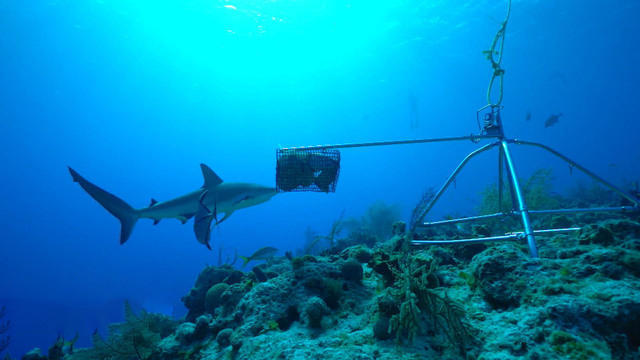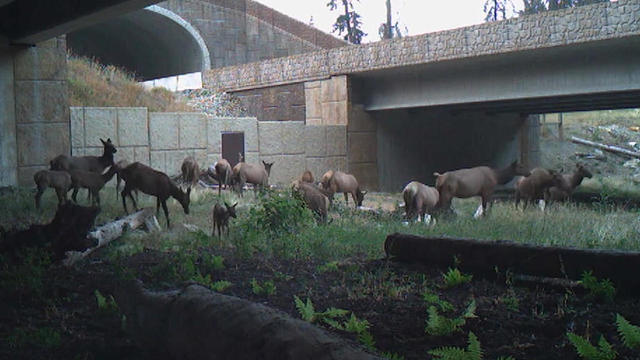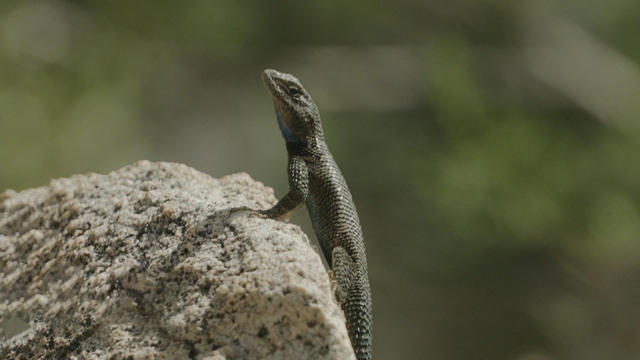
What is biodiversity and why is it important? Here's what to know.
This Earth Day, learn about the millions of species of plants and animals and the vital role they all play in the planet's future.


This Earth Day, learn about the millions of species of plants and animals and the vital role they all play in the planet's future.

More than 100 nations have agreed to protect 30% of the world's oceans by 2030. One way of doing this is to create what are known as Marine Protected Areas, where human activity is restricted or banned. Ben Tracy reports on how a mix of AI and satellite vessel tracking data can help.

Photographer James Balog has become one of the foremost chroniclers of human-caused climate change, as his cameras have tracked the dramatic effects – vanishing ice, rising seas, fires, and the toll climate change is taking on all living things. He tells correspondent Ben Tracy that his photos are his testimony, a record of our past and present, and a message for the future.

To protect the movement of wildlife impeded by busy roadways, a series of manmade overpasses and underpasses throughout the U.S. helps animals big and small safely get across the street, preventing collisions and saving human lives.

To protect the movement of wildlife impeded by busy roadways, a series of manmade overpasses and underpasses throughout the United States helps animals big and small safely get across the street, preventing collisions and saving lives. About 1,500 of these structures already have been built. Correspondent Conor Knighton looks at how they have protected genetic diversity in animal populations while also greatly reducing roadkill. He also visits the site of the Wallis Annenberg Wildlife Crossing near Los Angeles, which when complete will help cougars cross one of the busiest highways in the country.

People who have experienced extreme weather are especially likely to say climate change needs to be addressed right away.

A report from the United Nations determined that 1 million species are threatened with extinction. Dr. John Wiens from the University of Arizona believes that number is far higher based on his research. He says climate change is quickening the threat of extinction for species, including a 3-million-year-old lizard population previously found in the Arizona mountains.

A disappearing lizard population in the mountains of Arizona shows how climate change is fast-tracking the rate of extinction.

Scientists are using a range of tools to protect the endangered wildlife that could disappear in coming decades.

A human jawbone containing several teeth was linked to a former U.S. Marine who died almost 75 years ago during a military exercise in California.


Our website uses cookies to improve your experience. Learn more